Travelling in Silence - Mercedes S 500
In Stuttgart, they say they’ve built the least noisy car in the world – an audacious claim perhaps, but one that’s backed up by our tests. The
In Stuttgart, they say they’ve built the least noisy car in the world – an audacious claim perhaps, but one that’s backed up by our tests.
The quietest car in the world. A simple promise – something that everyone can understand, evaluate, and appreciate. While the end result is easy to appreciate, it conceals an enormous amount of work done by the engineers to achieve this goal. An enormous job any way you look at it – as there are hundreds of components to be considered. But, in Stuttgart, they’re convinced that they’ve put it all together – and, with great pride, they declare that the S-Class Coupe is the quietest car in the world.
Everything is silent
A declaration that has to be taken with a grain of salt, of course, because product press kits are the realm of great promises (often unfulfilled). But our ear already gets the sense that there’s some truth to what’s being said. Even with the engine off, you have the sense of being in a different world. The isolation from your surroundings is total. Two people talking close to the car, a bus or a bike that passes by appears to be more distant than it actually is.

When you first get in the car, you take a look at the windows to get a sense of the obvious clues. Each window is composed of two sheets of glass, held together by a sheet of transparent plastic material. A well-known solution yes, but it’s never really been applied in this way – the total thickness of the glass here is as much as 6mm.
Then you put the car in motion, and the engine, at idle, seems to disappear – to the extent that the start-stop system cutting in and out is virtually unnoticeable. When you’re on the move, however, the V8 has a soft and pleasant voice. Very subdued, but it’s there. This may seem like a contradiction, but it’s not. At low speeds, the S 500 is very quiet of course – if a baby is sitting in the back, you can distinctly hear when the child is sucking its thumb. Any object placed around the cabin is likely to turn into a source of noise. In other words, items that may or not get noticed at all in other cars suddenly seem to take centre stage.
Mercedes also claims the lowest aerodynamic noise in the world. To witness this superiority, we must breach the 70km/h mark at the very least. At speed, this Mercedes is the star of the field. As you’ll see on the chart on the next page, it’s very evident that the gap between the S and the competition increases in proportion to the speed. In Vairano – where we could reach speeds forbidden on the road – the S 500 Coupé was traveling at over 200km/h in almost perfect silence, broken only by a slight aerodynamic noise coming from the rear view mirrors. What about the engine? Virtually unnoticeable – on one hand, this is because of the excellent soundproofing, and on the other hand because it’s easier to hear the aerodynamic and tyre noise at high speeds. In short, it’s not under the hood that it works its magic. You need proof? The Tesla Model S has an electric motor that doesn’t produce much sound, but even that can’t compete with this German coupe in this respect (to be honest, nothing with an internal combustion engine can either).
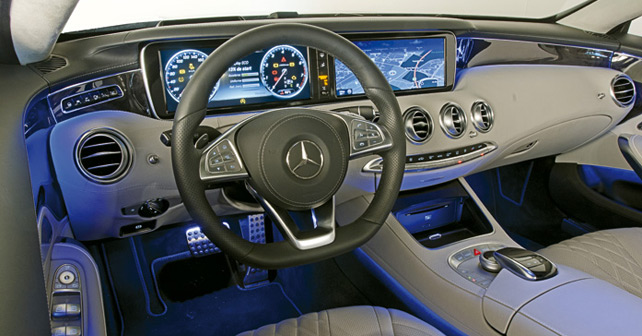
Decibels aren’t everything
Our test was also confirmation of the quality of the Articulation Index – a way of measuring noise that focuses on the qualitative aspects of sound, rather than purely quantitative. For instance, a classical music concert and a drill can be made to record the same number of decibels, but the difference – in terms of pleasantness to the ear – is huge. And it’s a difference that the Articulation Index records in a great manner – giving very different results in both scenarios. In fact, the qualitative analysis is essential to show how far removed the S 500 is from the rest of the automotive world. In fact, if we merely count the decibels in the cabin, the new Mercedes is threatened by the BMW 750i for instance. In reality, however, it simply can’t compete with the Merc as far as silence is concerned. And the lines in the graph demonstrate this very bluntly. A result which the aero acoustics experts in Stuttgart have reached, not only thanks to the shape of the bodywork, or the relatively small surface of the glasshouse, or the careful design of the body seals – but also by acting on details like the rubber seals around the lights, and the underbody paneling. In this way, they were able to optimise the aerodynamics and reduce the transmission of noise from the road surface. Don’t say that we didn’t warn you right at the very start – this is not a simple thing!
Dual function
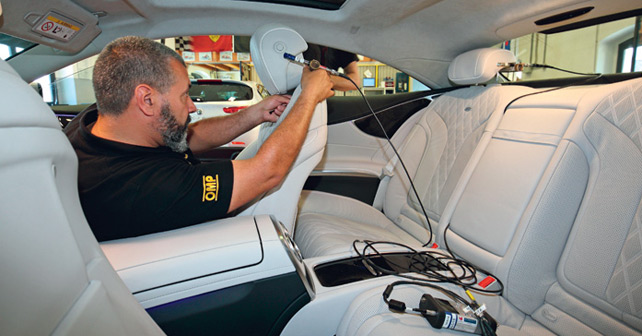
The thick plastic sheet between the two glass layers filters noise – and, in case of breakage, holds the two layers together. Above and on the right, you can see the large underbody shield. On the right, as you can see, we take our testing very seriously indeed
THE TEST RESULTS DON’T LIE
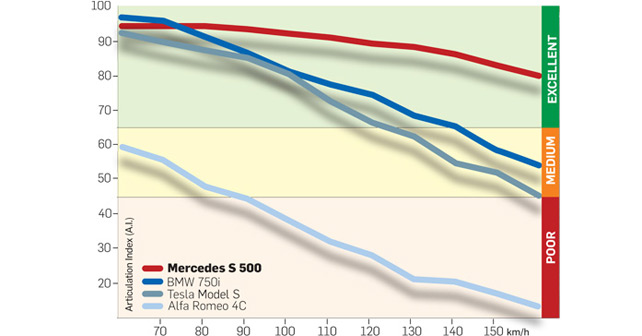
To give you a measure of how quiet the new Mercedes is, we compared it with three other cars in the graph below. The BMW 750i was the queen of silence – it was the quietest of the several hundred cars that we test at Vairano every year – while the comparison with the Tesla is interesting because of the unique drivetrain of the American car. Since it’s electric powered, the noise of its motor doesn’t interfere – but what makes all the difference at speed is the aerodynamics and the rolling noise of tires. As for the Alfa Romeo 4C, it’s the noisiest car among those that we’ve tested here at Vairano.
© Riproduzione riservata
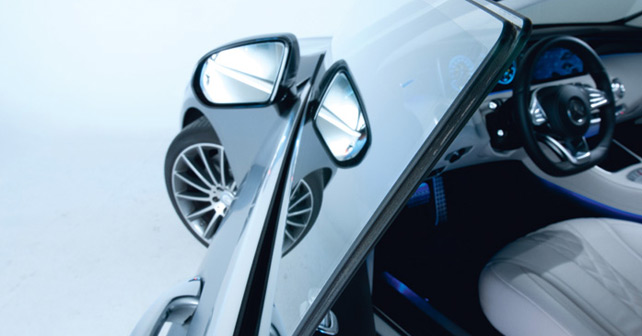
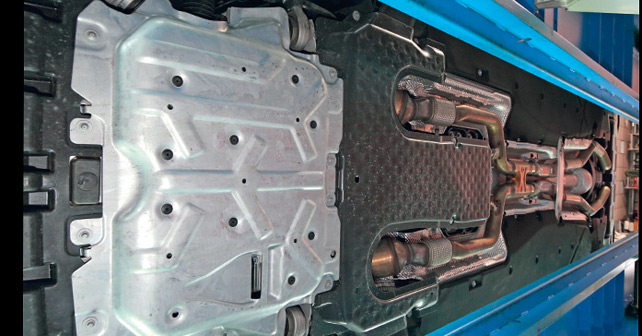
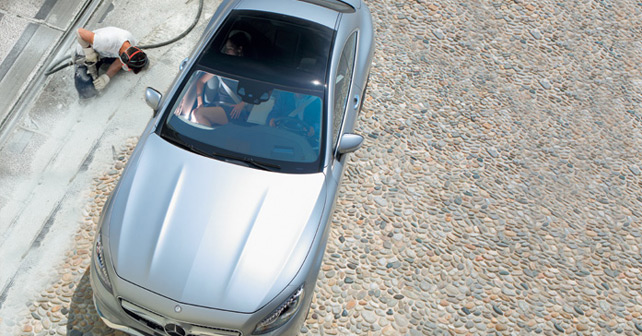






-(17).webp)




Write your Comment on